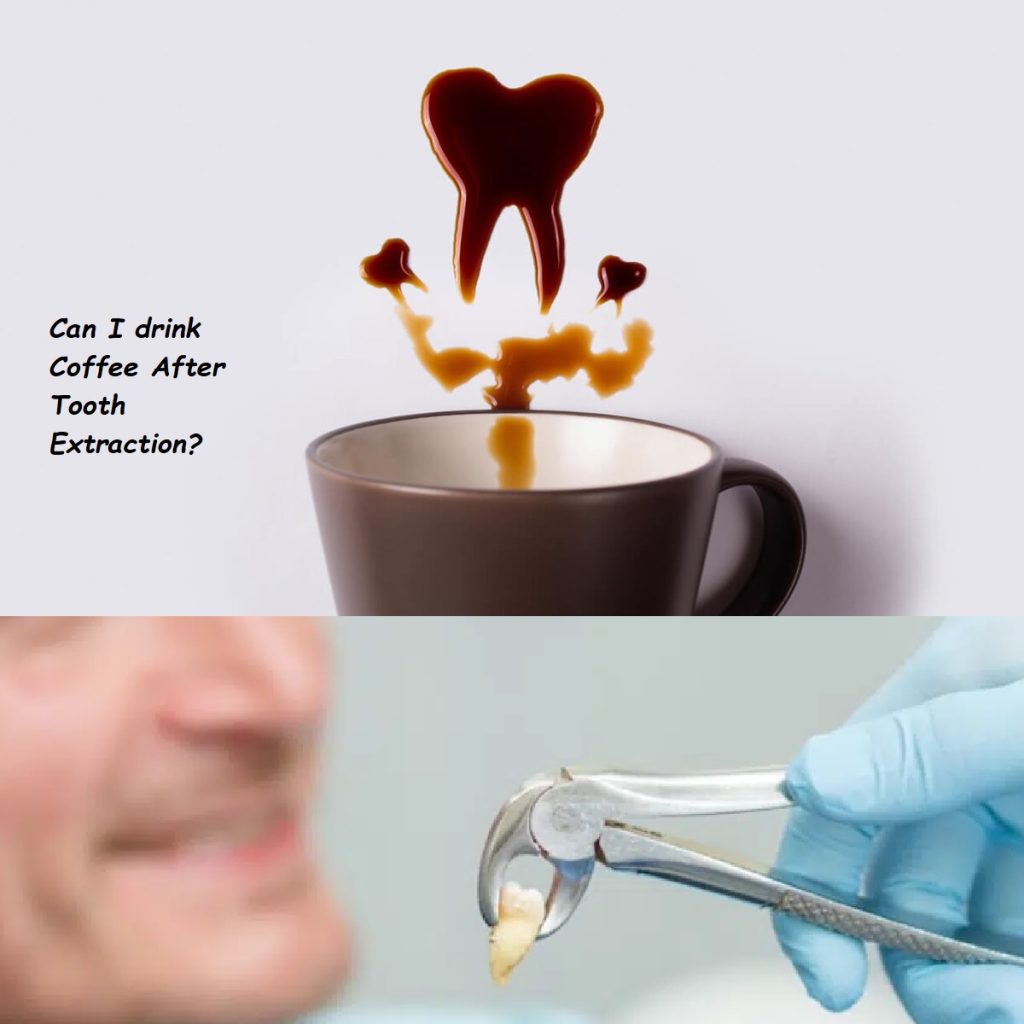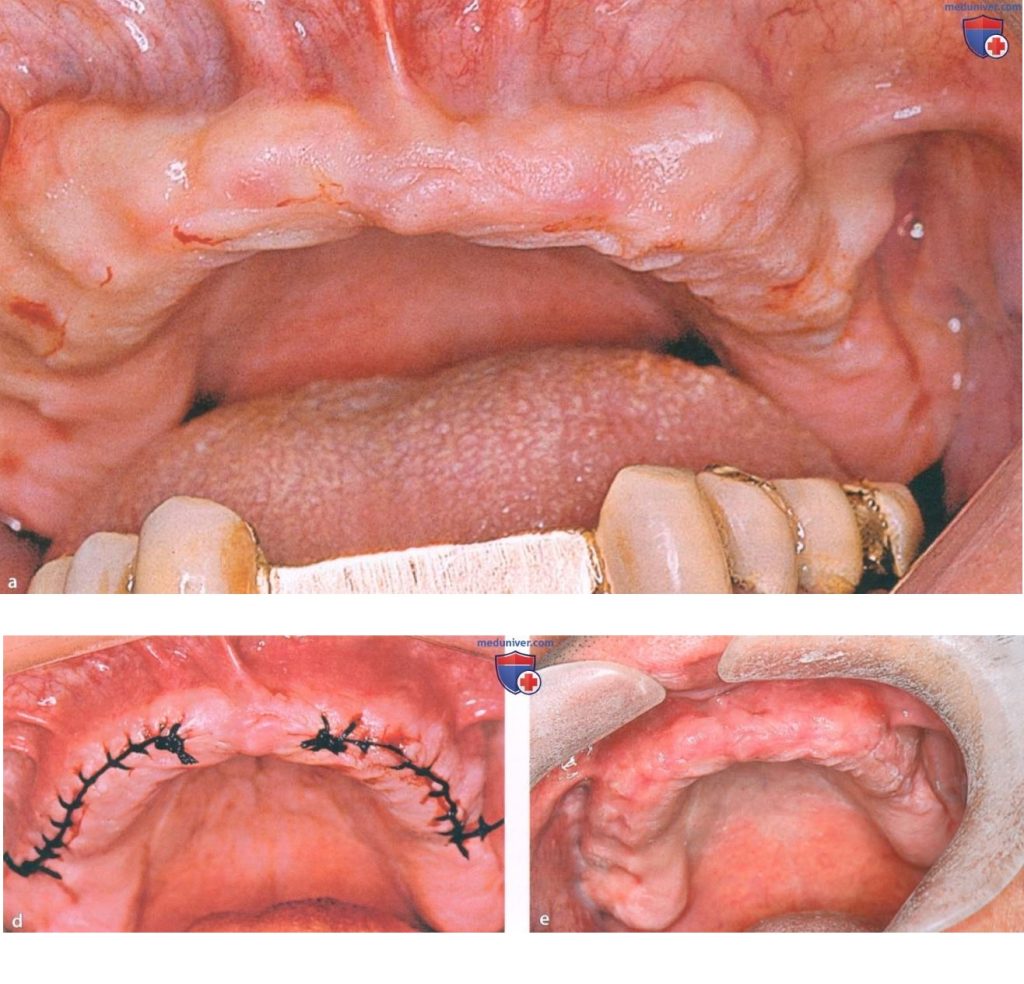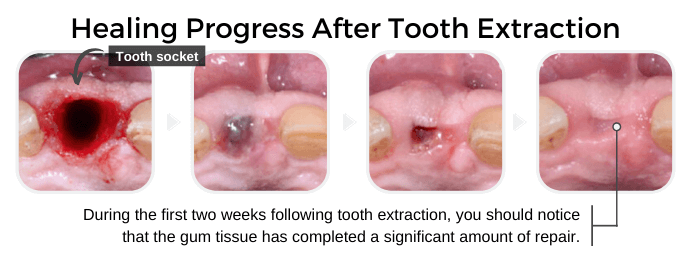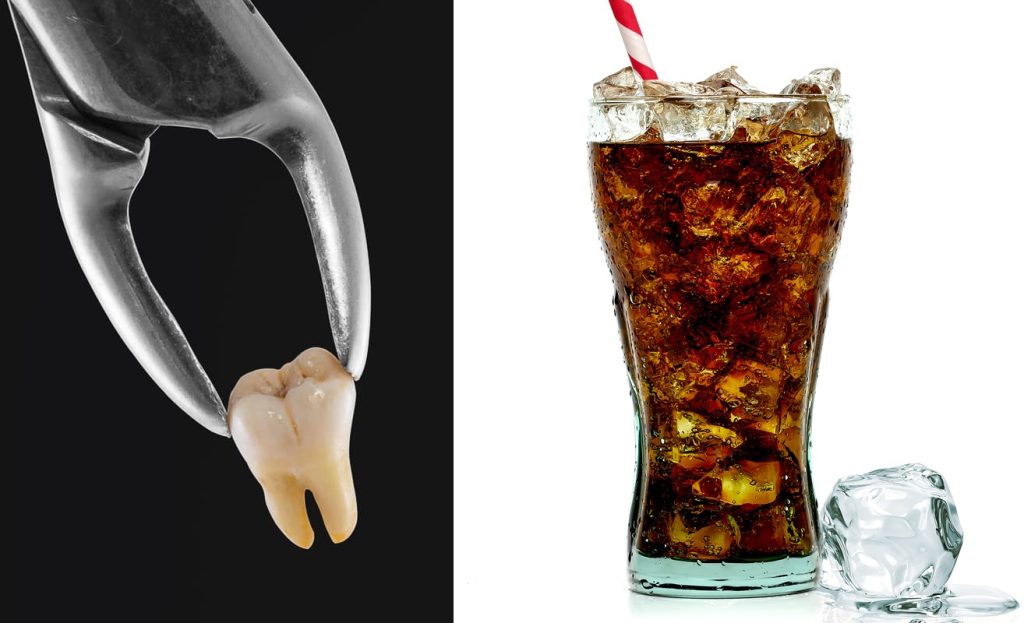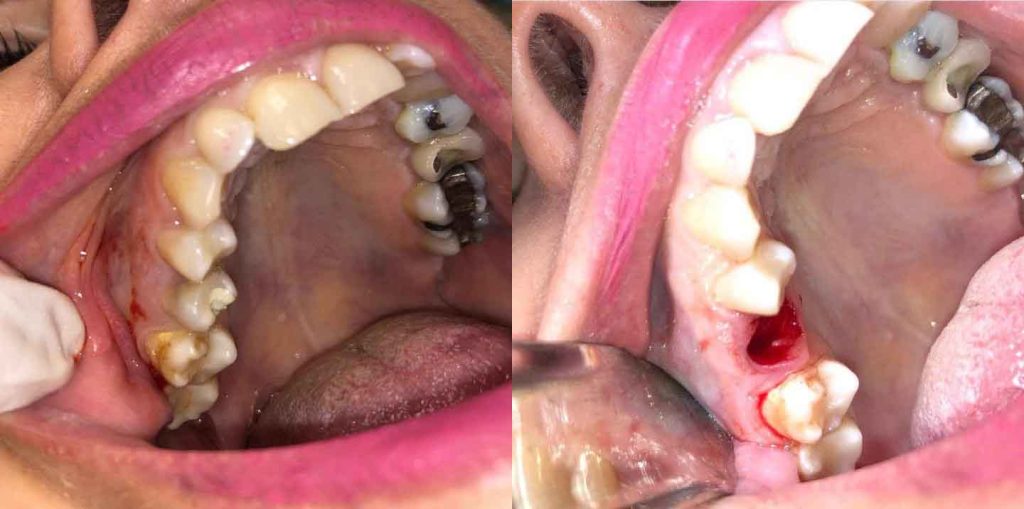can i use anbesol after tooth extraction
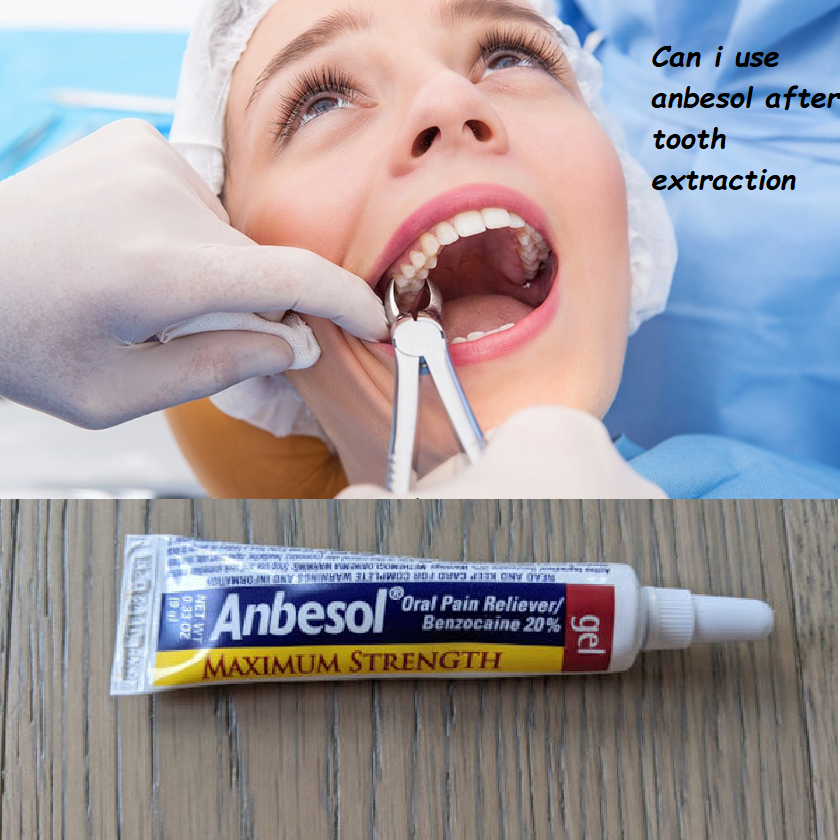
Can I Use Anbesol After a Tooth Extraction? A Guide to Post-Extraction Pain Relief
Tooth extraction is a common dental procedure, but it can leave you with discomfort and pain during the healing process. Finding effective ways to manage this pain is crucial for a smooth recovery. Anbesol, a popular over-the-counter topical anesthetic, is often used to numb mouth pain caused by toothaches, gum irritation, and sores. However, if you’ve just had a tooth extracted, you might wonder if using Anbesol is safe and effective. In this guide, we’ll explore whether you can use Anbesol after a tooth extraction, how it works, and what other pain relief options are available to ensure a comfortable recovery.
What Is Anbesol?
Anbesol is a topical anesthetic gel, liquid, or cream that is commonly used to relieve pain in the mouth and gums. Its active ingredient is benzocaine, a local anesthetic that works by temporarily numbing the area where it’s applied. Anbesol is often used to alleviate pain from toothaches, canker sores, gum irritation, and other minor mouth injuries.
Can You Use Anbesol After a Tooth Extraction?
While Anbesol can be effective for numbing mouth pain, using it after a tooth extraction requires caution. The extraction site is a sensitive area that needs time to heal, and improper use of topical anesthetics like Anbesol can interfere with the healing process or cause complications. Here are some important considerations:
1. Avoid Applying Directly to the Extraction Site
After a tooth extraction, the socket where the tooth was removed is left open, and a blood clot forms to protect the underlying bone and nerves. This clot is essential for proper healing. Applying Anbesol directly to the extraction site could disrupt the clot, potentially leading to a condition known as dry socket, which is very painful and can delay healing.
- Recommendation: If you decide to use Anbesol, apply it only to the surrounding gums or other areas of the mouth that are not directly involved in the extraction. Avoid any contact with the extraction site itself.
2. Use Only As Directed
Anbesol should be used according to the instructions on the packaging or as directed by your dentist. Overuse of topical anesthetics like benzocaine can lead to side effects, such as methemoglobinemia, a rare but serious condition that reduces the oxygen-carrying capacity of the blood.
- Recommendation: Follow the dosage guidelines carefully, and do not apply Anbesol more frequently than recommended. If you are unsure about the appropriate use, consult your dentist before applying it.
3. Consider the Timing
It’s important to consider the timing when using Anbesol after a tooth extraction. Immediately after the procedure, your dentist may recommend avoiding any topical products until the initial healing phase is underway. This helps ensure that the blood clot forms properly and that the risk of complications is minimized.
- Recommendation: Wait at least 24 hours after the extraction before using Anbesol, and only if your dentist has approved its use.
Alternative Pain Relief Options After Tooth Extraction
If you’re unsure about using Anbesol after a tooth extraction or if you want to explore other pain relief options, here are some alternatives that can help manage your discomfort during the healing process:
1. Over-the-Counter Pain Relievers
Over-the-counter (OTC) pain relievers such as ibuprofen (Advil, Motrin) or acetaminophen (Tylenol) are commonly recommended after a tooth extraction. These medications help reduce pain and inflammation, making them an effective option for post-extraction discomfort.
- How to Use: Take the medication as directed on the label or as prescribed by your dentist. Ibuprofen is particularly effective for dental pain due to its anti-inflammatory properties.
- Note: Avoid aspirin immediately after extraction, as it can thin the blood and increase the risk of bleeding.
2. Cold Compress
Applying a cold compress to the outside of your cheek near the extraction site can help numb the area and reduce swelling. Cold therapy is especially effective during the first 24 to 48 hours after the extraction.
- How to Use: Wrap an ice pack or a bag of frozen peas in a cloth and apply it to the affected area for 15-20 minutes. Repeat as needed, taking breaks between applications to avoid frostbite.
3. Saltwater Rinse
A saltwater rinse is a simple and natural way to keep the extraction site clean and reduce pain. Saltwater has antibacterial properties that can help prevent infection and promote healing.
- How to Use: Dissolve 1/2 teaspoon of salt in a glass of warm water. Gently swish the solution around your mouth for 30 seconds, then spit it out. Avoid spitting forcefully to prevent dislodging the blood clot.
4. Prescription Pain Medication
For more severe pain, your dentist may prescribe a stronger pain medication, such as a narcotic. This is typically only necessary for the first few days after the extraction.
- How to Use: Follow your dentist’s instructions carefully when taking prescription pain medication, and be aware of potential side effects such as drowsiness or nausea.
5. Topical Oral Analgesics (Other Than Anbesol)
If you prefer a topical solution for pain relief but are concerned about using Anbesol, you might consider other topical oral analgesics that are designed specifically for post-extraction care. Some products are formulated to soothe the gums without affecting the extraction site.
- How to Use: Consult your dentist for recommendations on safe topical analgesics that won’t interfere with the healing process.
What to Avoid After Tooth Extraction
In addition to being cautious with Anbesol, there are other activities and substances you should avoid after a tooth extraction to ensure proper healing:
1. Smoking or Using Tobacco Products
Smoking and using other tobacco products can delay healing and increase the risk of complications, such as dry socket. The sucking motion from smoking can also dislodge the blood clot, leading to pain and delayed recovery.
- Recommendation: Avoid smoking for at least 48 hours after the extraction, and consider quitting altogether to improve your oral health.
2. Drinking Through a Straw
Similar to smoking, drinking through a straw creates suction in the mouth, which can dislodge the blood clot and lead to dry socket.
- Recommendation: Avoid using a straw for at least a week after the extraction.
3. Eating Hard or Crunchy Foods
Hard, crunchy, or sticky foods can irritate the extraction site and increase the risk of damaging the healing tissue.
- Recommendation: Stick to soft foods such as yogurt, mashed potatoes, and soup for the first few days after the extraction.
4. Vigorous Rinsing or Spitting
Vigorous rinsing or spitting can disrupt the blood clot and slow down the healing process.
- Recommendation: Rinse your mouth gently with a saltwater solution, and avoid spitting forcefully.
When to Contact Your Dentist
While it’s normal to experience some discomfort after a tooth extraction, certain symptoms may indicate a complication that requires professional attention. Contact your dentist if you experience any of the following:
- Severe pain that doesn’t improve with pain relief measures
- Excessive bleeding that doesn’t stop after applying pressure
- Swelling that worsens after 48 hours
- Signs of infection, such as fever, chills, or pus at the extraction site
- A bad taste in your mouth or foul odor that persists
Frequently Asked Questions About Using Anbesol After Tooth Extraction
Q: Can Anbesol cause complications after a tooth extraction?
A: Yes, if Anbesol is applied directly to the extraction site, it can disrupt the healing process and potentially lead to complications such as dry socket. Always consult your dentist before using Anbesol after an extraction.
Q: How long should I wait before using Anbesol after a tooth extraction?
A: It’s generally recommended to wait at least 24 hours after a tooth extraction before using Anbesol, and only with your dentist’s approval. Avoid applying it directly to the extraction site.
Q: Are there safer alternatives to Anbesol for post-extraction pain?
A: Yes, safer alternatives include over-the-counter pain relievers like ibuprofen or acetaminophen, cold compresses, and saltwater rinses. These options can effectively manage pain without interfering with the healing process.
Q: What is dry socket, and how can I prevent it?
A: Dry socket occurs when the blood clot that forms after an extraction is dislodged or dissolves, exposing the bone and nerves underneath. It can cause severe pain and delay healing. To prevent dry socket, avoid smoking, drinking through a straw, and applying any topical products directly to the extraction site.
Q: How long does it take for a tooth extraction site to heal?
A: The initial healing process usually takes about one to two weeks, but complete healing can take several months. Following your dentist’s post-extraction care instructions is essential for a smooth recovery.
Conclusion: Managing Pain After a Tooth Extraction Safely
While Anbesol can be effective for numbing mouth pain in certain situations, its use after a tooth extraction requires caution. Applying Anbesol directly to the extraction site can disrupt the healing process and lead to complications such as dry socket. To manage pain safely after a tooth extraction, it’s best to rely on other proven methods, such as over-the-counter pain relievers, cold compresses, and saltwater rinses.
If you’re considering using Anbesol or any other topical anesthetic after a tooth extraction, it’s important to consult your dentist first. They can provide personalized advice and recommend the safest and most effective pain relief options for your specific situation.
By following your dentist’s post-extraction care instructions and using pain relief methods appropriately, you can ensure a smooth and comfortable recovery, allowing your mouth to heal properly and reducing the risk of complications.



